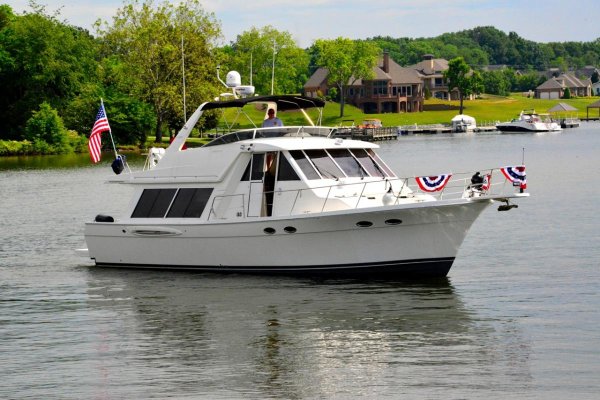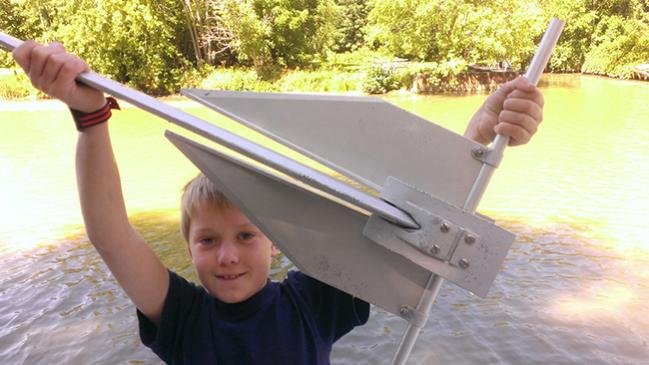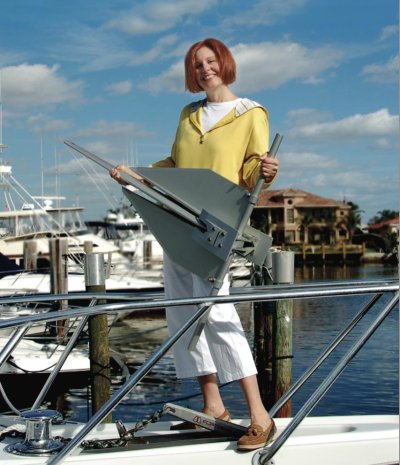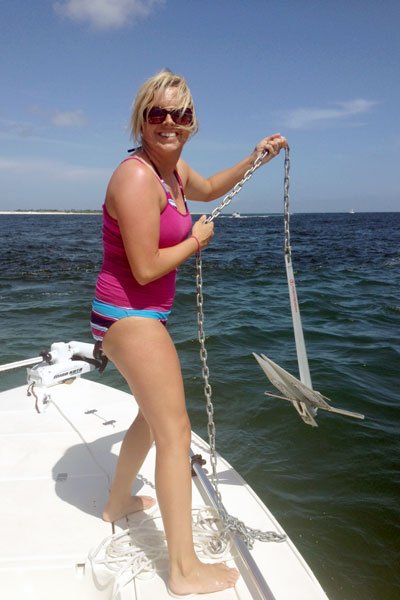Is there something like an article, or a website, or a phone number I can call where I can find out what anchors are supposed to dig, dive, float, travel, cruise, etc....etc
Yes. Try
http://www.anchors.performance_eval...ve/cruise-characteristics/USgeosurvey_lab.gov
This site graphs the performance of every known anchor from a rock to a Rocna in every known bottom condition. The information is from real-life, US government tests. No speculation, guesses, unproven theories or suppositions were used in the creation of the graphs. Only actual observation under all known bottom and weather conditions was used.
Every known type of vessel was used in the tests. So to use the graphs first find your specific vessel make and model, scroll down to the specific type and size/weight of anchor you are interested in, enter a scope ratio and then scroll to the right to see graphically how that anchor performs in every known type of bottom in every known type of weather and water conditions.
The latest upgrade to the graphing system allows you to enter your make and model of vessel, define a bottom type, define the weather and water conditions, and select a scope ratio. Then hit "Find" and the site will come up with the best anchor type and size/weight for your specific boat under those exact conditions.
it's a great tool. We used the Beta test version many years ago to select the best anchor to replace our unsatisfactory Bruce. I'm surprised Eric hasn't come across it yet as it would remove all speculation about any anchor in any bottom in any condtions with any vessel using any scope.
The current version uses CGI (Computer Generated Imagery) to show exactly how each anchor moves into and through every bottom type. So you can see exactly how the shape of an anchor affects how it sets, digs deeper, and moves under different pressures (you can select the load on the anchor to see exactly how it will behave under that load. Very cool.)
The site is constantly being upgraded as new boats and anchor combinations are tested. So don't be surprised if the site fails to open on your first try. Keep at it, though. Eventually it will open and you can take advantage of the incredible amount of testing that the government has done to date.















